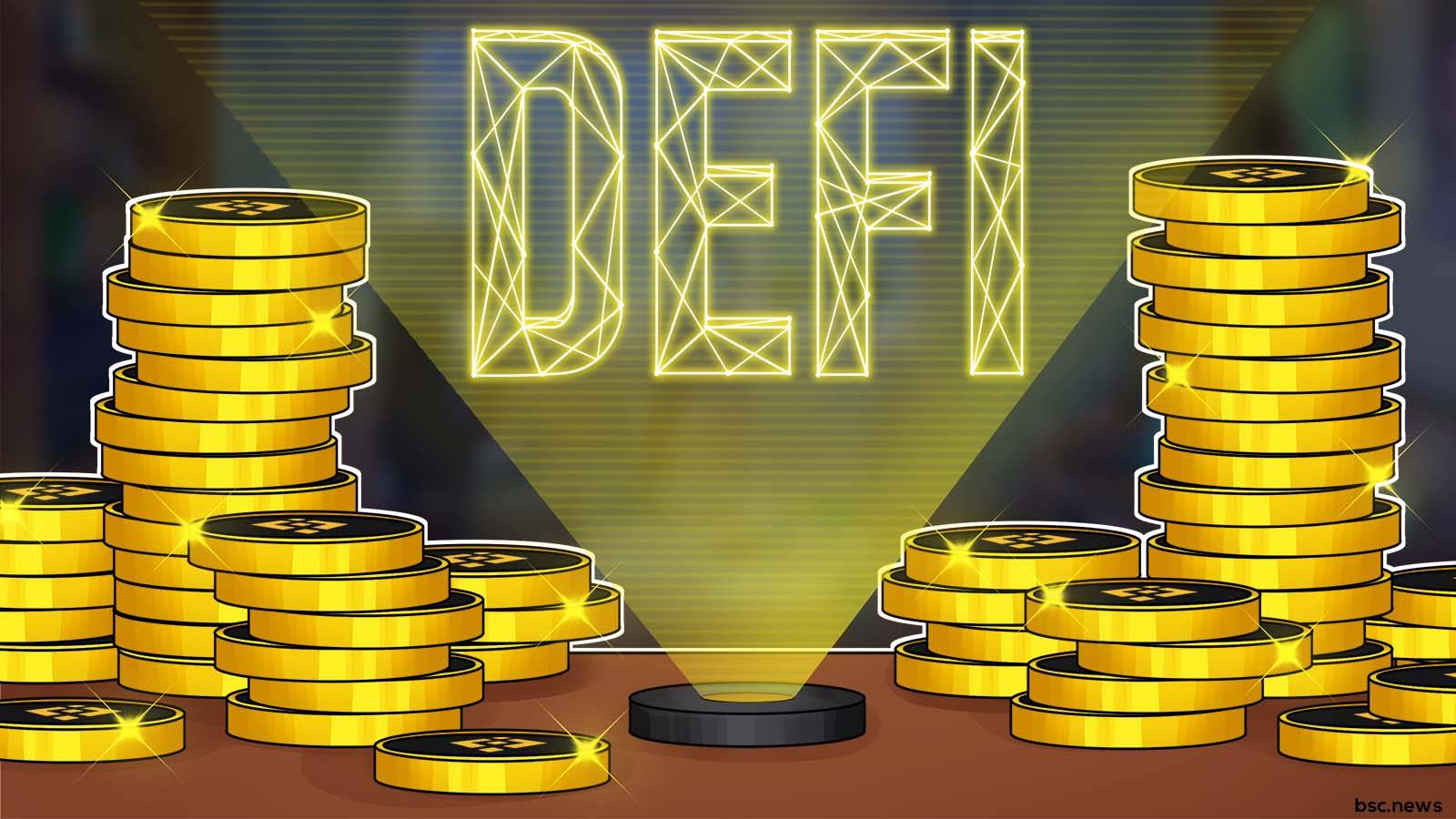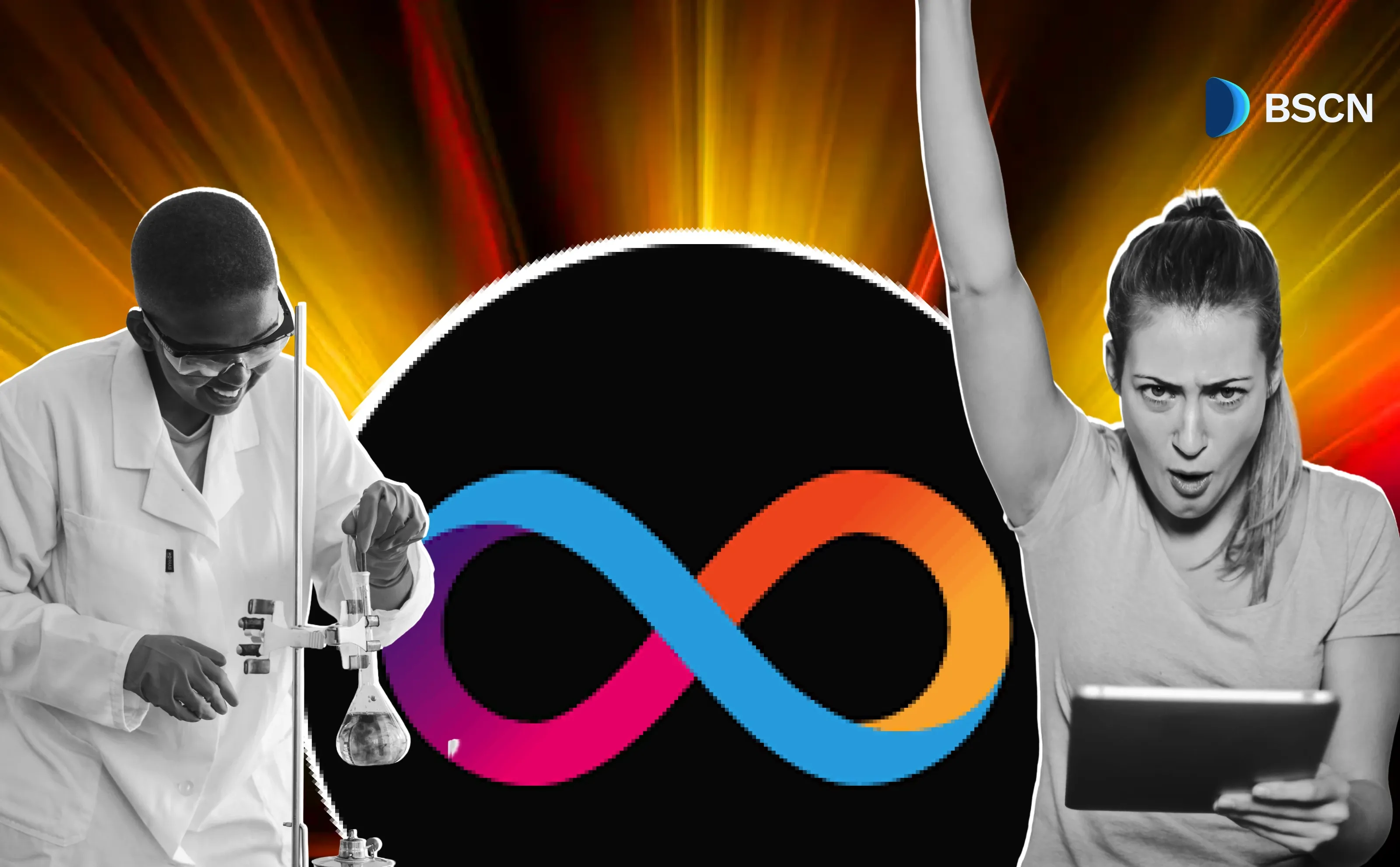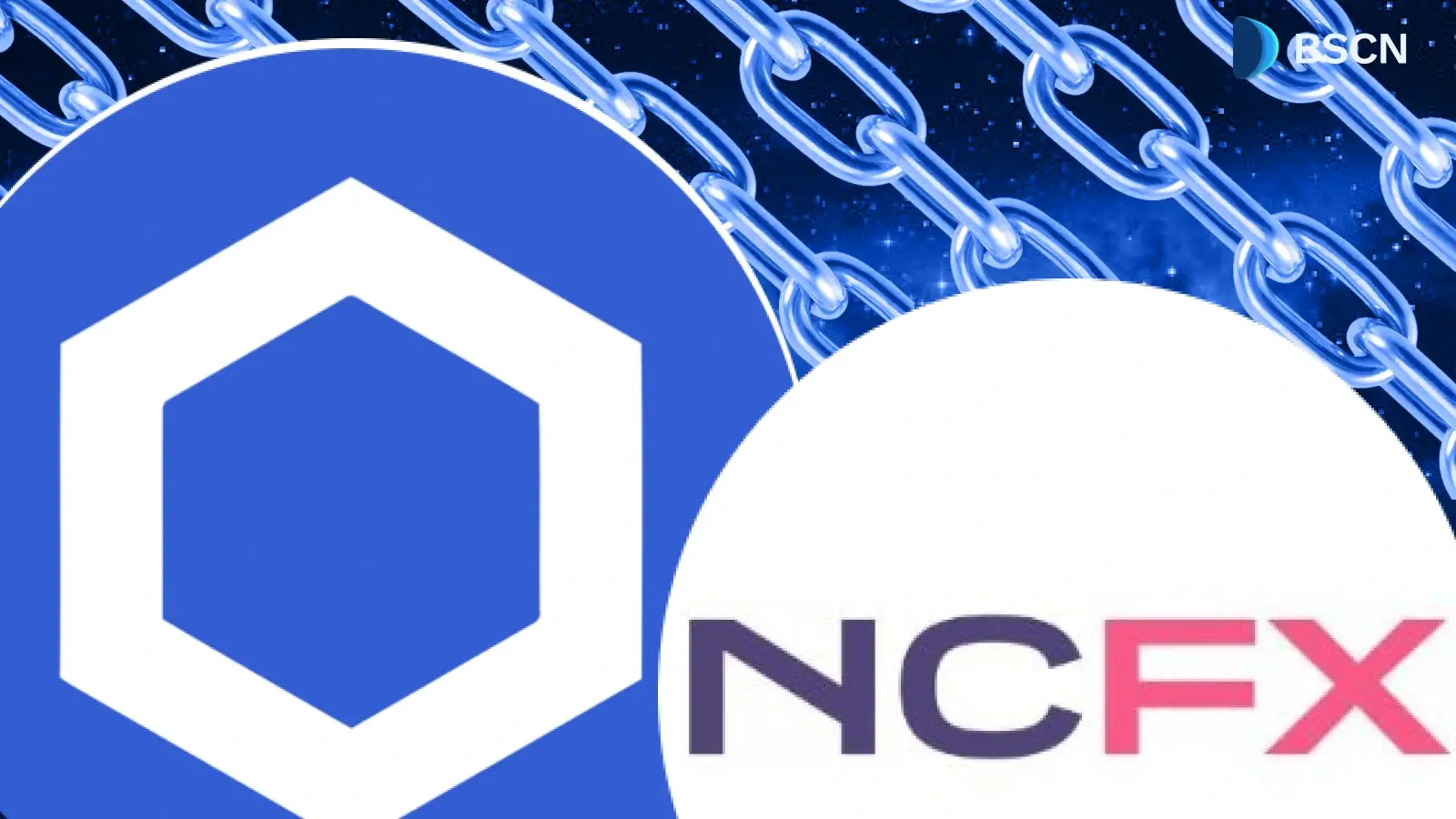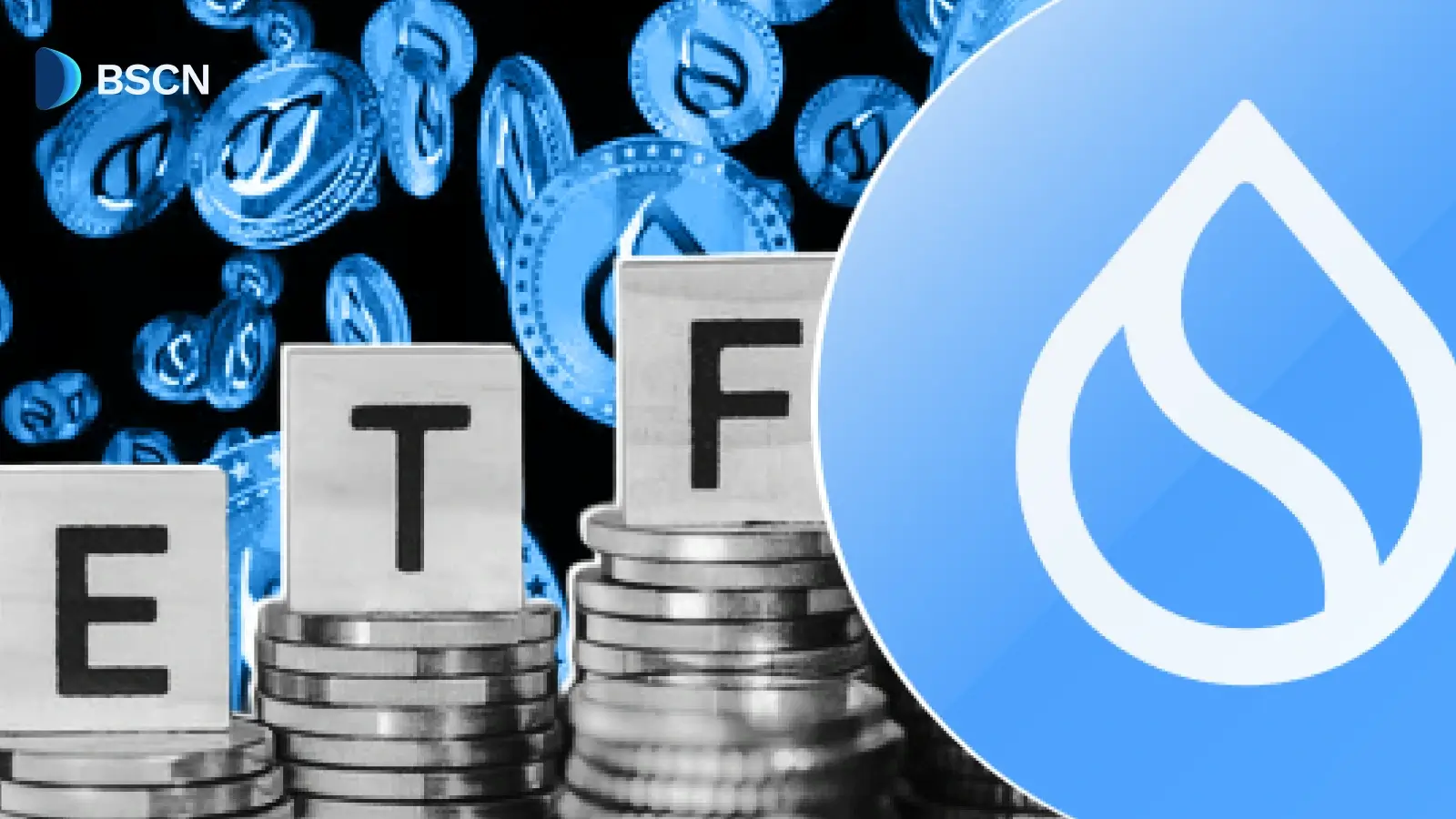WEB3
(Advertisement)
What is the History of Cryptography

Secure transmission of information is essential in almost every sector of human endeavor. Cryptography, which is the art of securely coding information, has developed over the years and has found practical application in blockchain.
BSCN
March 29, 2021
(Advertisement)
Table of Contents
Introduction To Cryptography
Information has always been crucial for the normal functioning of human society. While that is true, there are times certain information may not be intended for everyone to have. Within a society, there are different groups of people who have interests that are common to them. Hence, information relating to the interests of a particular group may need to be concealed from other groups of the society.
Cryptography arose as a result of a classification of individuals. The main aim of cryptography is to exchange messages between parties without disclosing the real meaning to other people. Cryptography has since evolved. From being used to conceal messages, it is now being applied in the modern world for identity authentication, digital signatures, and lots more. Let us discuss how cryptography has evolved into becoming what it is today.
What Is Cryptography?

Cryptography is the science of writing codes and ciphers for concealing information. Secure information is an essential aspect of the modern world. For instance, in blockchain technology and cryptocurrency, it is vital to keep information safe. According to Wikipedia, cryptography is defined as converting ordinary plain text into unintelligible text and vice-versa.
Cryptography generally refers to any method adopted to transmit information only to intended persons. Cryptography not only hides and protects information, but it can also be used for user authentication. In the early days, cryptography was purely encryption, but its uses have been expanded by the use of computer science and mathematical theories. Modern cryptography is concerned with confidentiality, integrity, non-repudiation, and authentication.
Ancient Representations Of Cryptography
Cryptography, in its primitive form, was present even in ancient times. The earliest form of cryptography is symbol replacement which was used in ancient Mesopotamian and Egyptian writings. This type of cryptography originated about 3900 years ago in ancient Egypt. It was found on the tomb of a prominent Egyptian called Khnumhotep II. However, it was not used to conceal information on the tomb. Instead, symbol replacement was used to improve its linguistic interest.

The first form of symbol replacement used to hide information was used about 3500 years ago in Mesopotamia. A Mesopotamian scribe used the method to hide a formula for making glaze for pottery.
As time passed during those ancient times, cryptography was adopted by the military to conceal very important information, a process that is still existing till today. In Greece, it was used in its city, Sparta, to encrypt messages. These messages were encrypted by inscribing the necessary information on a parchment laid over a cylinder of a particular size. The message cannot be understood until it is wrapped around a similar cylinder by the receiver. In ancient India also, spies were known to have used encrypted messages since the 2nd century BC.
The Romans used the most advanced form of ancient cryptography. The "Caesar cipher" Roman cryptography is a notable example. It was done by shifting the letters of an encrypted message by a specific number of positions down the Latin alphabet. A receiver could decipher this encryption by knowing the number of positions to shift the letter.
Cryptography In The Middle Ages
Cryptography became very important in the middle ages, and the Caesar cipher was the standard. However, as time went on, the science of writing codes ultimately led to the development of its counterpart science. Cryptanalysis, which is the art of breaking codes, evolved to the point that cryptography almost became useless. Around 800 AD, a notable Arab mathematician, Al-Kindi, developed a method that can be used to decode encryption. His innovative technique was called frequency analysis, and it made substitution ciphers like Caeser cipher easy to decrypt.

With Al-Kindi’s method, many people were able to decipher encryptions, making the advancement of cryptography in the middle ages necessary for it to remain valuable. Then in 1465, a new cipher was created by Leone Alberti called the "Polyalphabetic cipher." The method outsmarted Al-kindi's form of cryptoanalysis. Polyalphabetic cipher is done by encoding a message using two different alphabets. One of the alphabets used is the original alphabet in the actual message, while the other is an entirely different alphabet that represents the first alphabet in the encoded message. Polyalphabetic cipher was combined with traditional substitution ciphers to increase the security of concealed information. Therefore, it could only be encoded when the original alphabet is known. With this, the frequency analysis method of decryption became ineffective.
In 1623, another method of cryptography was developed. Sir Francis Bacon invented the Binary method of encoding messages.
Further Advancement Of Cryptography
Cryptography continued to advance as centuries passed. In the 17th century, Thomas Jefferson developed a new method of encryption. He called his creation the "Cipher wheel." The moving wheel consisted of 36 rings of letters that could be used for complex encoding. The method was well advanced that it could be used for complex American military encoding, and it was not adopted until the second world war.
In the second world war, another advancement in cryptography known as the "Enigma machine" was developed. Similar to the Cipher wheel, the Enigma machine used rotating wheels for complex encoding. Only another Enigma could be able to decipher the message. The method was eventually broken by early computer technology.
Cryptography in the Computer and Cryptocurrency Era

Cryptography became more advanced as computers were created. Unlike any ancient cryptographic method, 128-bit mathematical encryption is the most potent form of encoding messages. Like the Caesar cipher in the middle ages, this method has become the standard for computer systems and many other sensitive devices.
In 1990, quantum cryptography, a very different form of cryptography, was initiated. The further development of quantum cryptography was stalled by some computer scientists who wanted to increase the level of already known forms of encryption.
Cryptography is the backbone of cryptocurrencies. Hash functions, digital signatures, and key cryptography are some of the several advanced cryptographic techniques used in cryptocurrency. The primary purpose of these techniques is to keep data secured in blockchains and to verify transactions. Elliptical Curve Digital Signature Algorithm (ECDSA), which is a specialized cryptographic technique, is used in Bitcoin and other digital currencies as an extra means of security so that funds can get to its worthy owner.
Conclusion on Cryptography
Cryptography has been in existence for over 4000 years and has steadily evolved to present-day advanced forms. The growing need to protect sensitive data will likely lead to more innovative approaches to cryptography. Blockchain technology, which has data security as a cardinal essence, has leveraged cryptography especially concerning cryptocurrencies.
Don’t forget to download the BSC News mobile application on iOS and Android to keep up with all the latest news for Binance Smart Chain and crypto! Check out the DeFi Direct Linktree for all the access links!
For those looking for tools and strategies regarding safety and crypto education, be sure to check out the Tutorials, Cryptonomics Explainers, and Trading Tool Kits from BSC News.
Read Next...
Disclaimer
Disclaimer: The views expressed in this article do not necessarily represent the views of BSCN. The information provided in this article is for educational and entertainment purposes only and should not be construed as investment advice, or advice of any kind. BSCN assumes no responsibility for any investment decisions made based on the information provided in this article. If you believe that the article should be amended, please reach out to the BSCN team by emailing [email protected].
Author
 BSCN
BSCNBSCN's dedicated writing team brings over 41 years of combined experience in cryptocurrency research and analysis. Our writers hold diverse academic qualifications spanning Physics, Mathematics, and Philosophy from leading institutions including Oxford and Cambridge. While united by their passion for cryptocurrency and blockchain technology, the team's professional backgrounds are equally diverse, including former venture capital investors, startup founders, and active traders.
(Advertisement)
Latest News
(Advertisement)
Crypto Project & Token Reviews
Project & Token Reviews
Comprehensive reviews of crypto's most interesting projects and assets
Learn about the hottest projects & tokens















